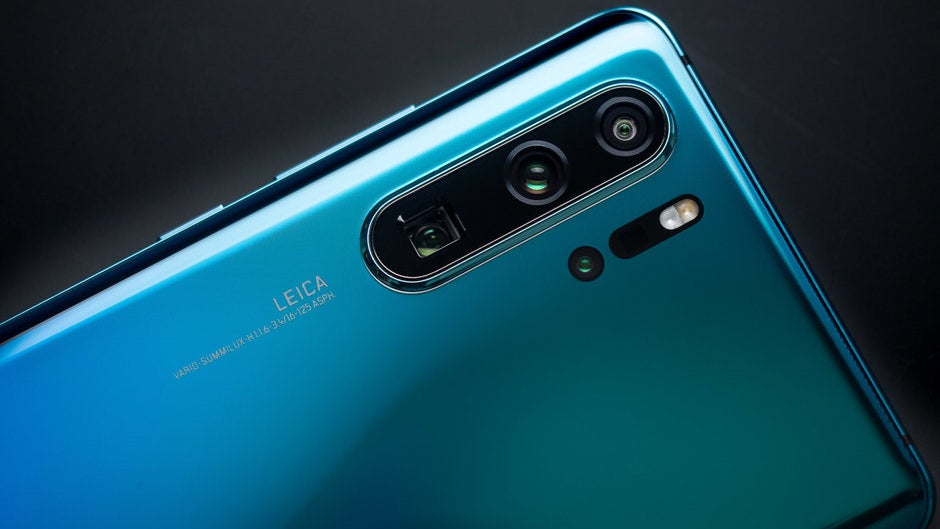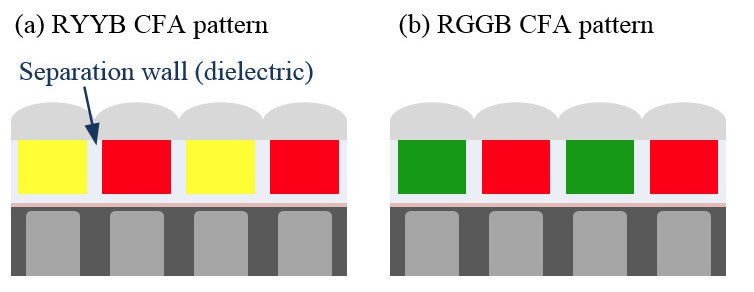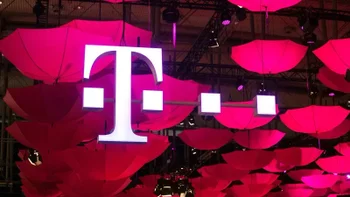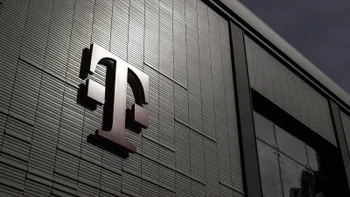Huawei P30 Pro got a big camera update to tame the yellow pixels, did it work?

For the first time in smartphone history, Huawei took a chance, and addressed the weakest point of mobile cameras - night and low-light shots - by employing unorthodox color mask in its flagship P30 series.
Huawei calls it a Super Spectrum sensor, as it is using yellow pixels in place of the green ones. The sensor comes with a Quad Bayer layout still, but with Red-Yellow-Yellow-Blue matrix instead of the usual green pixels. On paper, using the subtractive RYB color-building method that painters are intimately acquainted with, instead of the traditional additive RGB coloring with a light source, allows for more light to be absorbed by the sensor from an area unit.
What can be observed on both the P30 Pro and the P30 which sport the same yellow-for-green pixels swap, is that there is often a yellowish overcast and sometimes reddish artifacts on the resulting picture, due to the warm-leaning white balance, as if taken through an Instagram filter. That's an inherent downside of using yellow pixels instead of the more orthodox RGB matrix.

The RYYB arrangement indeed collects much more light compared to RGGB, yet it has its own set of unique challenges
This excerpt from a Society for Imaging Science and Technology paper explains what may be behind the warm overcast, dull colors and the yellowish sky that the standard mode of the P30 Pro camera used to produce:
Comparison of the normal incidence response shows the advantage of the RYYB structure in collection of light. The yellow color filter allows a broader band of light to reach the
photodiode than a green one. This allows substantial enhancement in captured signals in dim light conditions, but requires an advanced image signal processor (ISP) to maintain high fidelity of a scene’s luminance and color information with low level of chroma noise.
We say used to, because Huawei just rolled out its first big 300MB+ update for the camera, and the changelog cited precisely color and white balance corrections, along with some selfie and video recording fixes. The P30 Pro has a dedicated image processor and a fast 7nm chipset that can be employed to overcome the white balance/dynamic range tradeoffs of using yellow pixels on the sensor instead of the usual green ones.
This is why we shot a few samples to see what changes have been made by Huawei, and the mobile photography division seems to have toned the warm overcast a bit, gave the colors a slight kick in standard shooting mode, and the images come out a bit softer now.
The sky is no longer as yellowish, but still, if you want to get the nice blue tone emphasis that comes from the direct competition, we'd recommend you shoot with the AI mode on. The algorithm recognizes such elements, and adjusts the coloring accordingly with more pleasing results than shooting in standard mode alone. That's actually the same situation we had before, and outdoors the tonal differences can be attributed to the different cloud positions between the shots rather than some drastic changes.
The P30 Pro camera kit, however, has plenty of other virtues to latch on. The crazy Super Macro and Zoom modes are just two examples of those, as the artificial intelligence immediately employs the power of the periscope zoom to keep the object in focus from both a very short and very long distance than most regular phone cameras are capable of. As you can see below, the 5x-10x zoom range remains one unsurpassed territory of the P30 Pro.
Looking at the before/after sample shots, do you think that the first big camera update changed the P30 Pro shooters' abilities for the better?
Follow us on Google News












![A new Android bug is making it impossible to install new apps. Are you affected? [UPDATE]](https://m-cdn.phonearena.com/images/article/176703-wide-two_350/A-new-Android-bug-is-making-it-impossible-to-install-new-apps.-Are-you-affected-UPDATE.webp)

Things that are NOT allowed:
To help keep our community safe and free from spam, we apply temporary limits to newly created accounts: